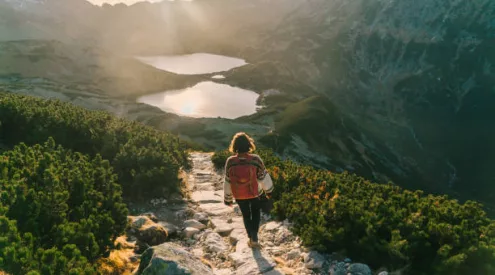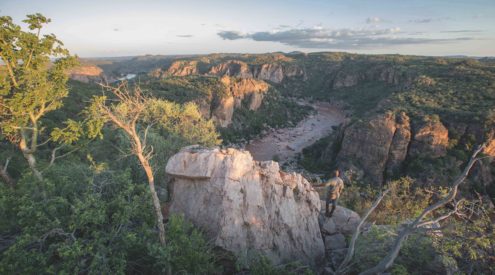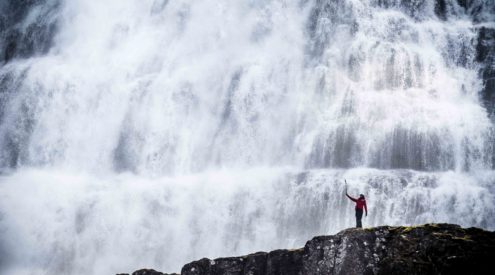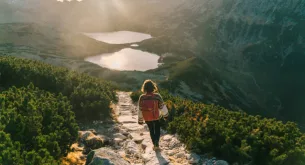A decade ago, I set off on a 5,000-kilometre journey in a Suzuki Jimny, following the route of Jan Smuts’s raid on the Cape in 1901. The idea was a meandering backroad trip through the Karoo, using the famous book Commando by Deneys Reitz as my guide.

Image: Justin Fox
The founding of Getaway in 1989 was a direct result of a series of backroading articles that appeared in Car, our sister magazine. The response from readers was so positive that it was thought a stand-alone road-tripping magazine might fly in the South African market. It was an inspired decision. Road-tripping has remained a cornerstone of this magazine ever since.
Taking to the open road or, better still, getting off the beaten track, lies at the heart of South African travel. The station wagon packed with kids, a caravan towed to the coast for the summer hols, a Combi with surfboards in the back or touring the Kruger’s byways in search of cats. Since even before the Great Trek, South Africans have been climbing into their wagons and heading for the wide blue yonder.
Arguably the finest book about the Anglo-Boer War, Commando was written by Deneys Reitz a year after the end of that terrible conflict. Despite being a war memoir, it captures the spirit of the open veld, the adventure of drifting from place to place and the hospitality of strangers. In a sense, it’s also South Africa’s greatest travel book.
My intention back in 2009 was to follow the route of Reitz’s ‘guerrilla operations’. The climax of the story is when his band of Boers joins Jan Smuts for an ‘invasion’ of the Cape. The commando ranged across the dusty plains and mountains of the Karoo for months, skirmishing as they went, often pursued by British soldiers.
Hot on their heels, my Suzuki picked the back roads that closely followed their track. Reitz and a small group became separated from the commando during a gun fight. Over the ensuing weeks, they tried to catch up with Smuts. Their escapades during that quest make for some of the liveliest reading in Commando.
I too split from Smuts’s route and followed Reitz. His group could not afford to get involved in any skirmishes until they rejoined the main body. Crossing the Swartberg proved the biggest obstacle. Reitz knew that Smuts was making for Oudtshoorn, but Meiringspoort was garrisoned, so his band had to struggle over the rugged mountains to the east.
Once south of the Swartberg, he discovered to his dismay that Smuts had headed north again … and so they had to re-cross the mountains, this time in the region of Seweweekspoort. As it was also heavily guarded, they opted for a little-known track over Boesmansnek to Gamkaskloof. In the hamlet of Die Hel, Reitz befriended Koot Cordier, who he describes as a shaggy giant wearing goatskins and speaking a strange, old-fashioned Dutch. My 4×4 descended the switchback road into this beautiful valley, threading between rain squalls and rainbows.
Ten years later, I was back in Gamkaskloof, this time in the new Suzuki Jimny. My objective was to try to bag the cover photo for this issue. But I was also getting back into the backroading groove. Days were spent in digression, finding an obscure route or stony track I hadn’t explored before, following it to see what lay beyond the next rise … and the next. The Karoo is made for this kind of road fossicking and I was in my element.
In this issue, we return to our backroading roots. Anton Crone avoids the N1 and N2 on his great trek to Cradock (page 68), Jim Freeman finds KZN dirt for his BMW bike (page 84) and Tim Brink suggests a wealth of excellent routes for mountain bikers (page 77).
And if you’re wondering which particular Car article spawned the founding of Getaway … it was, not surprisingly, ‘Passes and Poorts of the Karoo’.
Happy backroading!


















